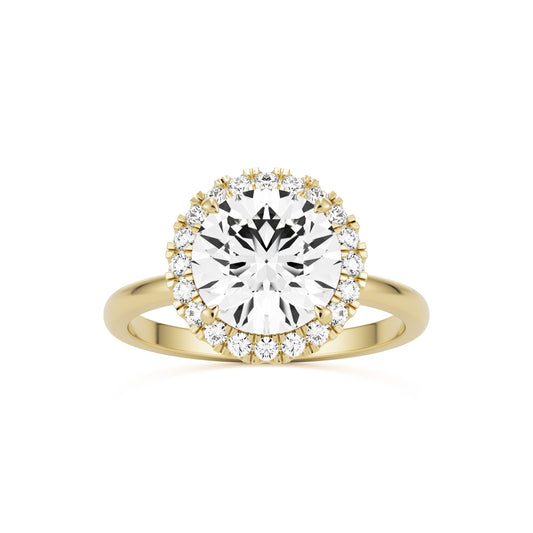Introduction
Diamonds have for a really long time been revered as pictures of affection, commitment, and extravagance. Their allure rises above ages, shocking hearts with their everlasting gloriousness. By and by, the significant stone industry is pushing, offering new decisions to possible purchasers. At the focal point of this movement are lab-grown diamonds and natural diamonds. You could inquire, “What’s the separation between these two sorts of diamonds?” or “Which one is fitting for me?” We should unwind these solicitations by investigating the beginning stages, qualities, and effects of lab-grown versus natural diamonds. Near the consummation of this partner lab grown diamonds vs natural, you’ll have a reasonable comprehension of the two choices and be all set with an educated choice.
What Are Lab Grown Diamonds?
Lab-grown diamonds, as the name proposes, are diamonds that are created in a controlled laboratory climate. Despite being man-made, these diamonds are guaranteed diamonds. They have a practically identical physical, produced, and optical properties as natural diamonds. To see the value in lab-grown diamonds, we really need to investigate the science behind their creation and the various methodology used to convey them.
The Creation Cycle
The production of lab-grown diamonds is a wonder of present day science and improvement. These diamonds are made utilizing two essential strategies: High Strain High Temperature (HPHT) and Compound Smoke Enunciation (CVD). The two procedures are supposed to mimic the natural circumstances under which diamonds structure in the world’s mantle, yet they do as such in various ways.
High Strain High Temperature (HPHT)
The HPHT strategy emulates the mind boggling states of the World’s mantle to cultivate diamonds. Envision the World’s center where temperatures take off and pressures are colossal; HPHT laboratories reproduce these circumstances by introducing carbon to high strains and temperatures. This collaboration begins with a little important stone seed that goes likely as a middle for the diamond to make around. Carbon is then warmed to over 1,500°C (2,732°F) and introduced to tensions of 5-6 GPa (50,000-60,000 times biological strain). This extraordinary climate awards carbon particles to happen as expected into a jewel structure. Consider HPHT a cutting edge barbecue that warms diamonds particularly like nature does, however in a little piece of the time.
Compound Smoke Clarification (CVD)
The CVD framework embraces a substitute strategy. Instead of copying Earth’s mantle conditions, CVD utilizes a vacuum chamber to store carbon particles onto a substrate, layer by layer, to move toward a pearl important stone. This cycle consolidates secluding a carbon-rich gas (overall methane) into carbon molecules and hydrogen particles in a vacuum. The carbon particles then, at that point, settle onto a significant stone seed and reliably cultivate a jewel precious stone. It’s contrasted with painting a masterpiece, where each layer adds to the general picture. CVD diamonds can be created with unprecedented accuracy, considering customization concerning combination, clearness, and size.
What Are Natural Diamonds?
Natural diamonds are framed critical inside the Earth more than mind boggling various years under states of insane strain and temperature. These pearls are brought into the world from nature’s own cycles and convey with them a rich history of Earth’s land action. Understanding natural diamonds integrates investigating their strategy, mining methods, and such stores from which they are disconnected.
Lab grown diamonds are revolutionizing the jewelry industry with their stunning beauty and ethical allure. Created in state-of-the-art laboratories using high-pressure, high-temperature (HPHT) or chemical vapor deposition (CVD) methods, these diamonds possess the same physical, chemical, and optical properties as their mined counterparts.
Conclusion
Choosing between lab-grown diamonds and natural diamonds ultimately comes down to your personal preferences, values, and budget. Both options offer unique benefits and challenges. Lab-grown diamonds offer affordability, sustainability, and ethical assurances, making them an excellent choice for those who value environmental responsibility and cost-effectiveness. On the other hand, natural diamonds provide a connection to Earth’s history, offer potential long-term value, and cater to those who appreciate the traditional aspects of diamond ownership.

![How To Teach [pii_email_00ba47ac8b2817e36aa3] Better Than Anyone Else How To Teach [pii_email_00ba47ac8b2817e36aa3] Better Than Anyone Else](https://i.ibb.co/6wbxkhM/pii-email-be5f33dbc1906d2b5336.png)

